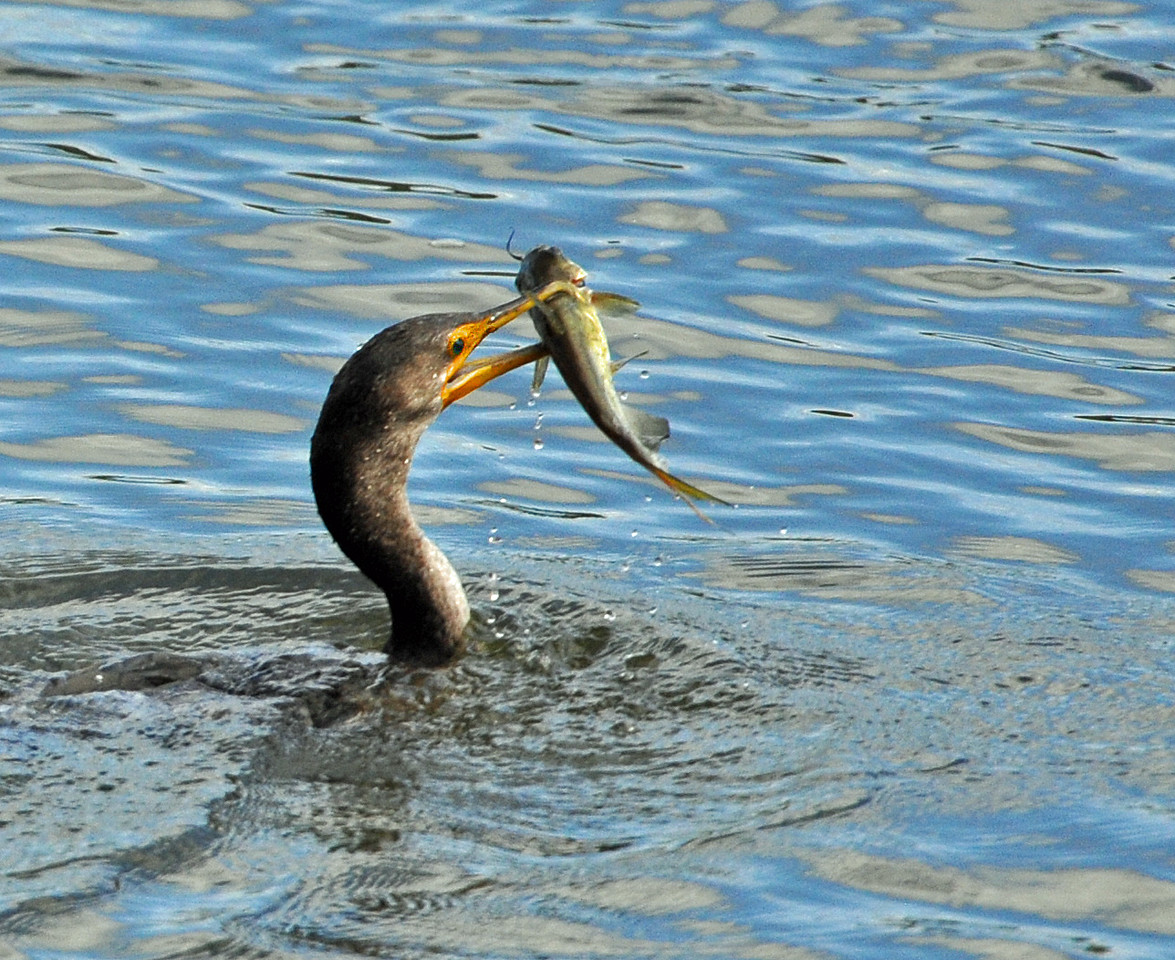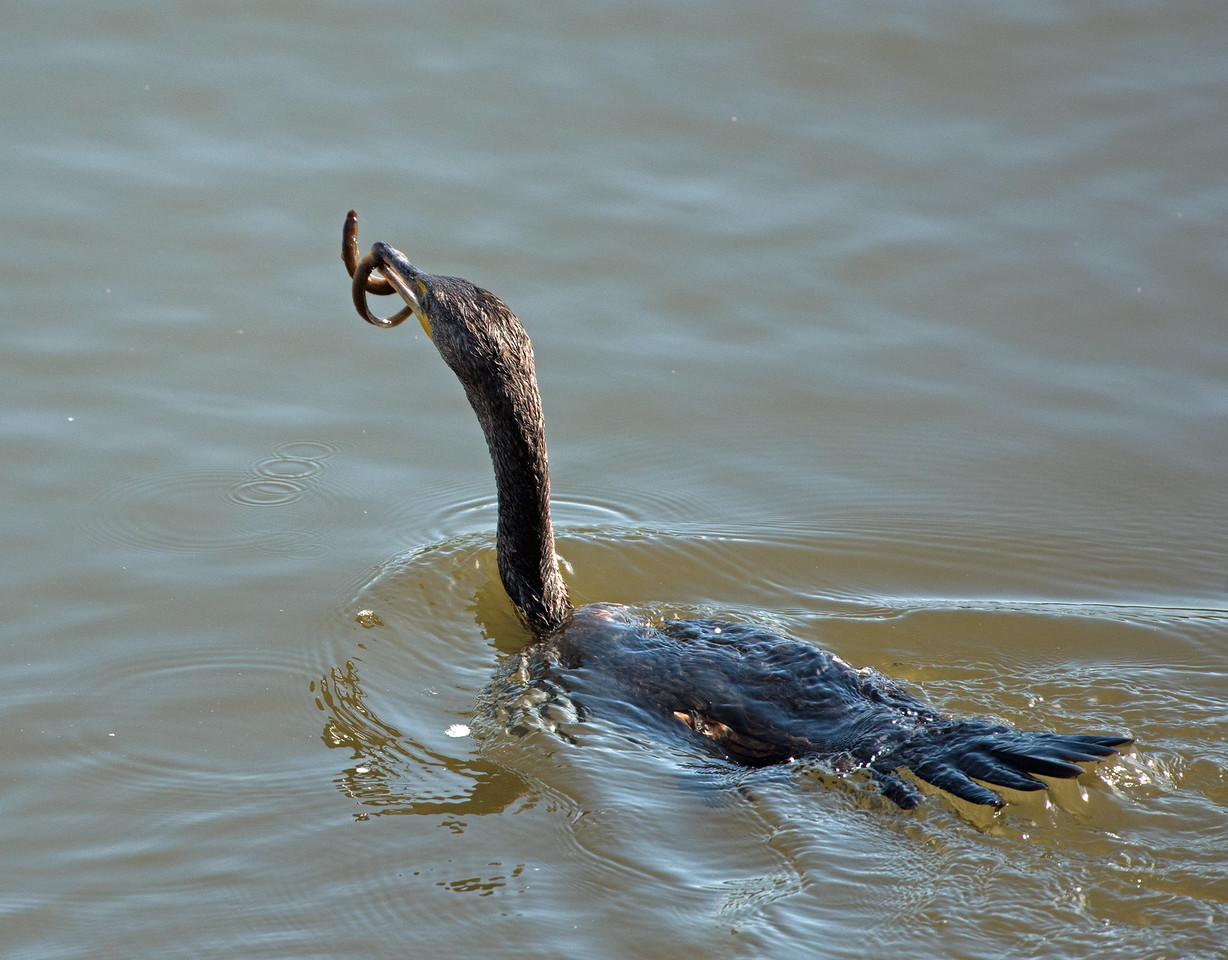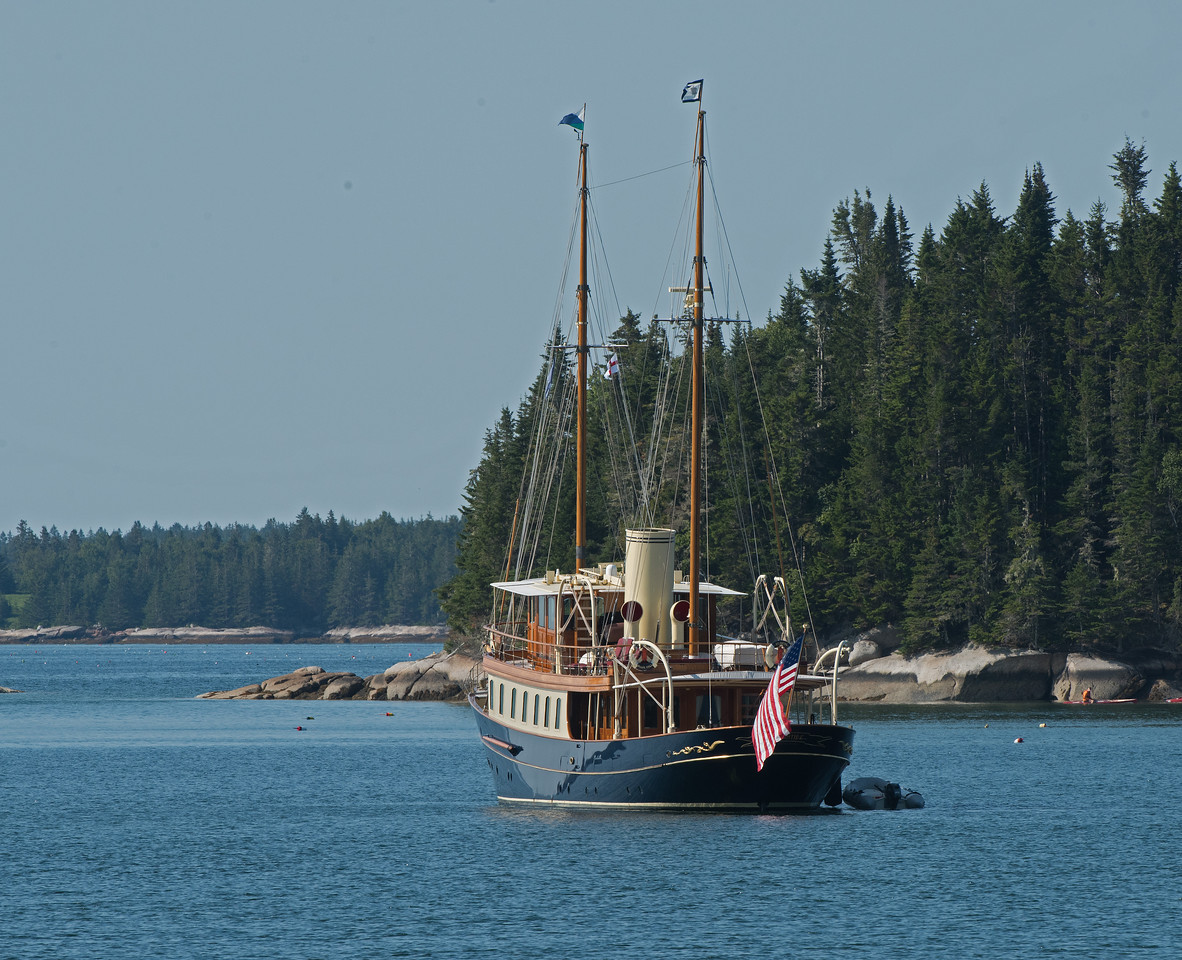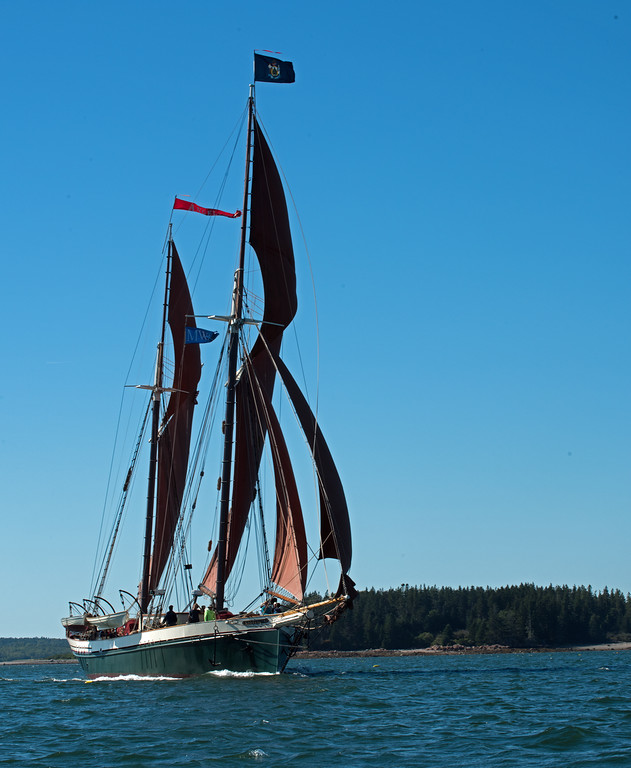Yesterday was one of those Summer days that we try to remember in February, but never can quite conjure back the feeling of being out in it when our senses came alive. Here are some reminders, all from yesterday.
A briny breeze thrills our bare skin and drives a large herd of cumulus clouds northwest. Temperatures are in the low 70s (F) in the morning and peak at 79 in the afternoon.
It’s a fine day for a race for those so inclined.
It’s also a good time to walk the spicy-scented fields, where Queen Anne’s Lace, Goldenrod, and drying wild grasses poignantly foretell the end of Summer.
The mixed woods remain – for a short while – shaded by the leaves of birch, maple, and other deciduous trees that grow among the tall spruce and fir. There’s a slight scent of balsam here.
Monarch Butterflies are storing up energy for their impending migration south, a hopeful sign; Wood Duck are hiding while in molt, humbled by their loss of magnificence and inability to fly well.
In Summer gardens, the primary colors are fading and the fall whites are emerging, including those of the Hydrangea blossoms.
(Blue Hill and Brooklin, Maine)










































